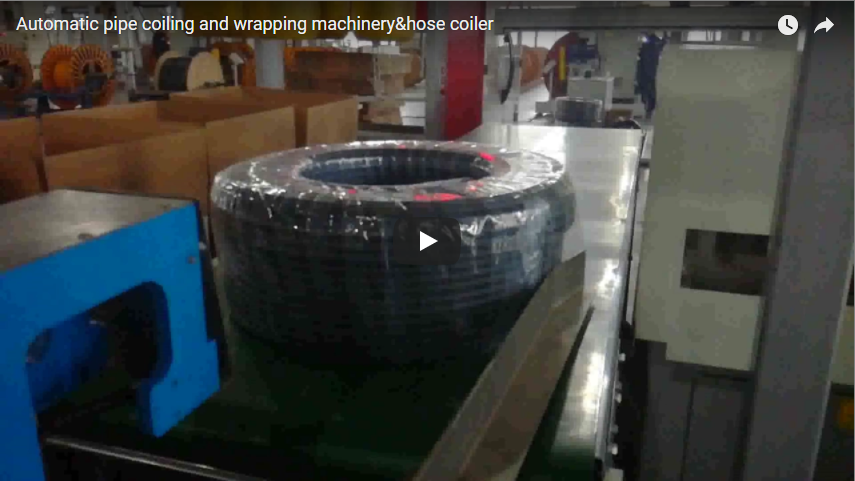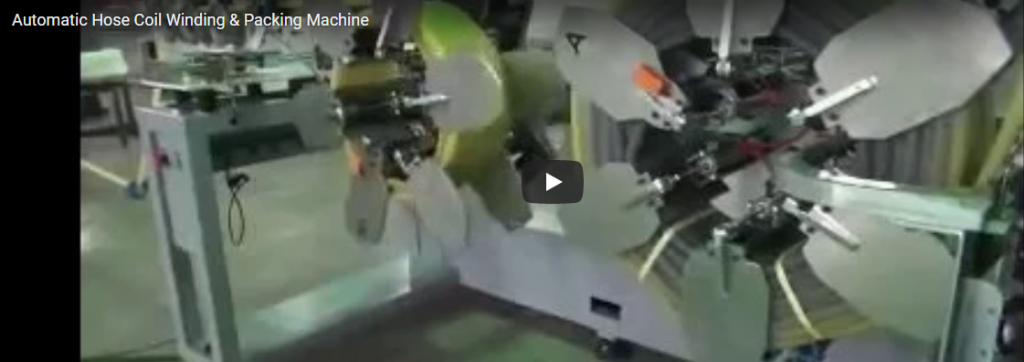High-Efficiency Automatic Feeding, Grouping, and Shrink Wrapping System for Streamlined Packaging Automation
Automated packaging systems represent a cornerstone of modern manufacturing efficiency. This integrated machine exemplifies advancements in secondary packaging by seamlessly automating the feeding, grouping, sealing, and shrink wrapping processes, particularly beneficial for small-to-medium sized products across various industries. It addresses key operational challenges, offering enhanced throughput and reduced labor dependency, aligning with findings often discussed in packaging industry research on automation ROI.
Advanced Operational Workflow
The system integrates multiple functions into a cohesive unit, optimizing the transition from production to final packaging.
Precision Automated Infeed
The process commences with a sophisticated automatic feeding system. Utilizing sensor technology (often photoelectric or proximity sensors) and precisely controlled conveyors, products are consistently delivered from the upstream production line. This eliminates manual handling bottlenecks, ensuring a steady product flow crucial for high-speed operations. Design considerations often mirror principles found in material handling patents, focusing on gentle handling and accurate positioning.
- Mechanism: Typically belt or chain conveyors with adjustable guides.
- Control: PLC-synchronized for seamless integration with upstream/downstream equipment.
- Benefit: Reduces manual labor requirements and minimizes product queuing inconsistencies.
Intelligent Product Grouping and Collation
Following the infeed, products are intelligently grouped or collated into pre-defined patterns (e.g., 2x3, 1x6). This stage employs servo-driven pushers or robotic arms, guided by PLC logic programmed via an HMI (Human-Machine Interface). The flexibility allows for quick changeovers between different product counts and configurations, a feature highlighted in packaging efficiency studies.
- Flexibility: Programmable recipes for various collation patterns.
- Accuracy: Ensures consistent group formation prior to wrapping.
- Technology: Often incorporates sensors to verify group completeness before transfer.
High-Integrity Sealing Unit
Once grouped, the products move to the sealing station. Common configurations include L-Bar sealers for full enclosure or side-seal systems for continuous motion applications. Advanced systems utilize precise temperature control (PID controllers) and specially coated sealing blades (drawing on material science research for non-stick and durability properties) to create strong, consistent seals with various films like Polyolefin (POF) or Polyethylene (PE). Seal integrity is paramount for product protection and tamper evidence.
- Methods: L-Bar, Side Seal, Sleeve Wrapping options available depending on application.
- Film Compatibility: Optimized for common shrink films (e.g., 15-30 micron POF).
- Quality: Ensures airtight and durable seals critical for shelf life and transport.
Optimized Shrink Tunnel Performance
The final stage involves conveying the sealed package through a shrink tunnel. Here, precisely controlled heated air circulates around the package, causing the film to shrink uniformly and conform tightly to the product's shape. Modern tunnels emphasize energy efficiency through insulation and optimized airflow patterns, often leveraging fluid dynamics principles. Variable speed conveyors and adjustable temperature/airflow settings allow fine-tuning for optimal appearance and shrink quality across different product sizes and film types.
- Heating: Electric or infrared heating elements.
- Control: Digital temperature controllers and adjustable airflow dampers.
- Efficiency: Designed for uniform heat distribution and energy conservation.
Key System Specifications & Features
- Throughput: Systems typically range from 10 to 60 packs per minute (PPM), application-dependent.
- Package Size Range: Accommodates various dimensions (specify typical L x W x H range, e.g., up to 450x350x150mm).
- Control System: Integrated PLC (e.g., Siemens, Allen-Bradley) with intuitive Touchscreen HMI.
- Film Types: Compatible with center-folded Polyolefin (POF) and Polyethylene (PE) shrink films.
- Construction: Robust frame (e.g., powder-coated or stainless steel options for specific environments).
- Power Requirements: Standard industrial voltages (e.g., 220V/380V/480V, 3-Phase).
- Safety: Conforms to relevant safety standards with interlocked guarding and emergency stop circuits.
Target Applications & Industries
This automated packaging solution provides significant advantages in sectors requiring efficient secondary packaging, including:
- Food and Beverage (e.g., cartons, trays, bottles)
- Pharmaceuticals and Nutraceuticals
- Cosmetics and Personal Care Products
- Consumer Packaged Goods (CPG)
- Printing and Paper Products
- Contract Packaging (Co-Packing) Operations
Operational & Business Benefits
Implementing such an automated system yields tangible benefits, frequently cited in manufacturing optimization reports:
- Reduced Labor Costs: Automates previously manual tasks of feeding, grouping, and wrapping.
- Increased Throughput: Continuous, high-speed operation boosts overall line productivity.
- Improved Package Quality: Consistent sealing and shrinking enhance product appearance and protection.
- Enhanced Product Protection: Tight shrink wrap safeguards against dust, moisture, and tampering.
- Material Efficiency: Precise film usage and grouping minimize waste.
- Operational Flexibility: Quick changeovers accommodate varying product runs.
In conclusion, the automatic feeding, grouping, sealing, and shrinking machine offers a comprehensive solution for manufacturers aiming to enhance packaging line automation, improve efficiency, and achieve consistent, high-quality results vital for market competitiveness.






